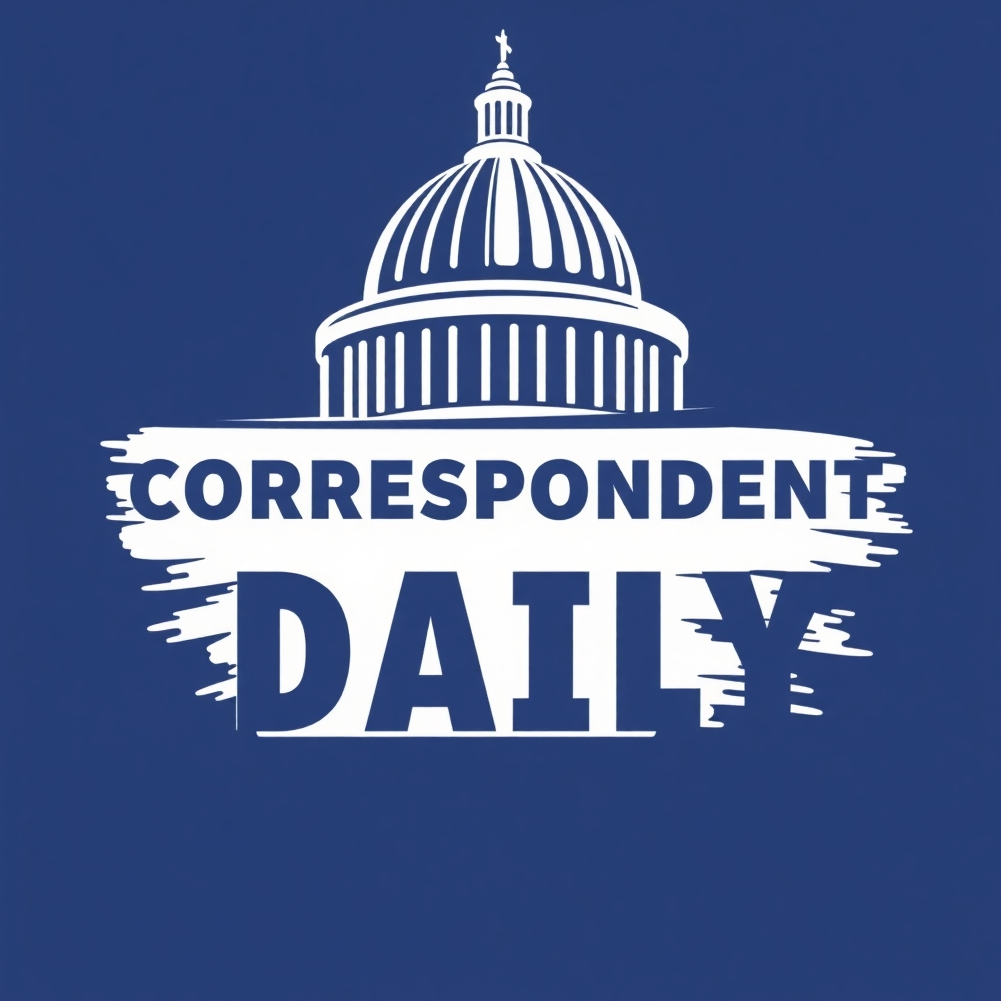
The Rise of the Subscription Economy
In recent years, the subscription model has transformed various industries, redefining how consumers engage with products and services. Projections indicate that the subscription economy could reach a staggering $1.2 trillion by 2030, a testament to the increasing appeal of subscription-based offerings. With companies pivoting towards this model, understanding its implications is vital for both businesses and consumers.
Understanding Consumer Demand
The power of convenience drives today’s busy consumers towards subscription services. With increasing options available in entertainment, food, and even software, consumers are enticed by the idea of simplicity and accessibility. The subscription economy caters to a generation looking for hassle-free experiences and curated content tailored to their preferences.
Business Benefits of Subscriptions
For businesses, the subscription model fosters predictable revenue streams and improved customer loyalty. Unlike traditional sales models that rely heavily on one-time purchases, subscriptions allow companies to develop ongoing relationships with customers. This shift enables businesses to collect valuable data on consumer trends and preferences, allowing them to tailor their offerings even further.
Future Technology Trends Shaping Subscriptions
As technology evolves, it further cements the subscription model's presence in the marketplace. Advancements in artificial intelligence (AI) enable companies to analyze consumer data to create personalized experiences. This means that, for example, streaming services leverage AI to suggest content, enhancing user engagement. As technologies like VR and IoT communities grow and connect through subscriptions, consumers will likely see even more integrated and enriching experiences.
Challenges and Considerations
However, the transition to a subscription-based economy isn't without challenges. Companies must navigate customer churn and competition as subscription fatigue sets in. Consumers may grow wary of endless subscriptions dragging down their wallets; hence, brands need to ensure value and differentiation. Furthermore, cybersecurity concerns arise in subscription models due to the personalized data shared. Companies must be proactive in ensuring customer trust through transparent data practices and robust security measures.
Local vs. Global Perspectives on Subscription Models
The subscription economy’s growth is reflected in various regional markets offering unique adaptations of the model. While companies in urban environments like New York may thrive off high-priced gourmet meal subscriptions, rural areas might lean toward more basic monthly product services. Understanding these regional nuances helps businesses effectively tailor their offerings to meet diverse customer needs.
Predictions for the Subscription Landscape by 2030
As we edge closer to 2030, industries must stay ahead of evolving consumer expectations and technological advancements. We expect develop trends such as the merging of subscription models with augmented reality experiences or loyalty programs that reward long-term subscribers with exclusive access and benefits. As companies fine-tune their strategies to enhance customer satisfaction while boosting profitability, adaptability will remain crucial.
Conclusion: The Future of Subscriptions Awaits
The subscription economy is no longer a trend but a fundamental shift in how people interact with products and services. As it gains momentum, staying informed about emerging technologies and customer sentiments will be essential for businesses aiming to make the most out of this lucrative opportunity. For consumers, understanding this landscape can lead to more informed choices about the services and products they choose to integrate into their lives.
 Add Row
Add Row  Add
Add 




Write A Comment